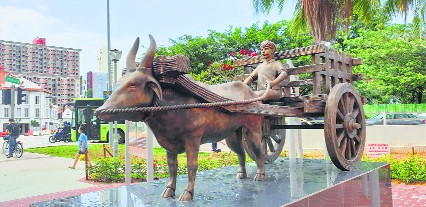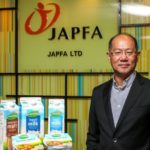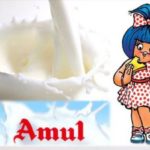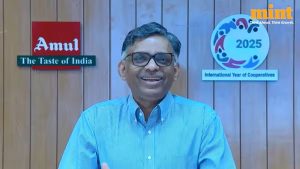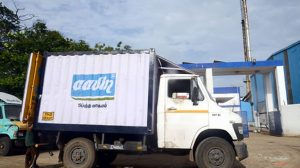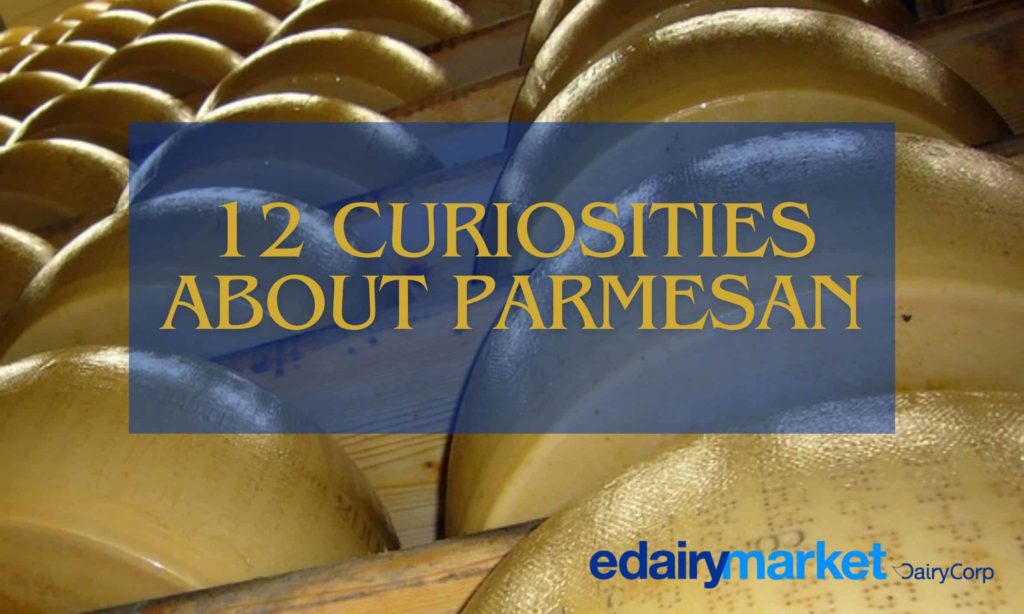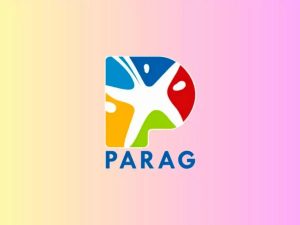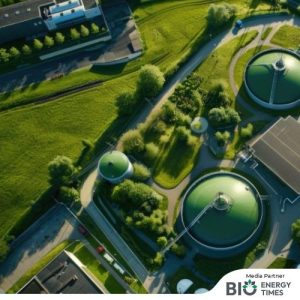
Little India sits in the heart of Singapore. Dotted with conserved shophouses and saree and goldsmith shops, Indian restaurants and garland sellers, people from the Indian subcontinent congregate here to buy grocery, visit places of worship or just chat with friends.
In the middle of this organised chaos runs Serangoon Road, one of the oldest arterial roads in the country. It is here that the statue of a man wearing an Indian style headgear and driving a bullock cart was unveiled last month, drawing appreciation from locals and history buffs. Made of fibreglass-reinforced poly-marble with faux brass coating, it sits in a high traffic area and immediately draws attention to an often-forgotten time when cattle trade dominated this district.
Ode to the past
Till the 1860s, the area around Serangoon Road was dotted with lime pits and brick kilns that provided jobs to many Indian immigrants. The road was an important thoroughfare connecting the farmlands and plantations in the interior of the island to the seaport. As the country developed, buffaloes, often referred to as the “workhorses” of Singapore, were used to roll the roads that were being built.
When the lime pits and brick kilns were closed, the space vacated by them turned into a swampy and grassy area that was perfect for the cattle. Grass provided fodder and water a natural bathing area, so essential for buffaloes. Cattle owners, most of them Indian, gravitated here as did the workers, who saw an employment avenue in cattle trade.
The abundance of water also meant that the land was fertile and lent itself to agricultural activities. With the cattle providing manure and a means of transporting the produce, business boomed. Ancillary enterprises like wheat grinding and pineapple preservation thrived, their waste providing food to the animals while the bullock carts ferried products from farms to factories.
Pioneer cattle traders included IR Belilios, a Jew from Calcutta, owner of several cattle sheds and pens in the area and an importer of cattle fodder. Belilios Road in the neighbourhood is named after him, as is Desker Road, which is named after the owner of the largest butchery and slaughterhouse in the area. The title of “Cattle King”, however, was given to Moona Kader Sultan, an Indian Muslim cattle trader and importer, whose Straits Cattle Trading Company dominated the trade for several decades, making him one of the wealthiest men in Singapore then.
While the name of Buffalo Road is self-explanatory, Kerbau Road (buffalo road in Malay) is a reminder that the Kampong Kerbau or buffalo village once existed in the vicinity. Another reference to the importance of these animals is reflected in the name of Singapore’s largest woman and child hospital — Kandang Kerbau Hospital. Kandang Kerbau means “buffalo enclosure” in Malay.
All that was traded
While the Hindus focused on raising cattle and trading in livestock, the Indian Muslims also owned abattoirs and tanneries.
Old-timers fondly recall how cow herds would bring the cow to the customers’ doorstep and milk it there. Sikh businessman Jiva Singh was a prominent cattle dealer who, along with his brother and son, started a dairy farm in the Serangoon area in 1921. The women traded in freshly made milk products such as sweets and curd.
As Serangoon Road became busier, settlements came up haphazardly. With the increase in population and arrival of other means of transport, there was a need to reorganise the roads and construct more buildings. In the 1930s, the swamps, that were key to thriving of cattle in the area, were drained. Gradually, the cattle trade died down, causing huge losses to Belilios and Kader Sultan.
The cattle industry of Little India would have been a forgotten memory, but for the names of the roads that linked to the past. A whimsical mural on Kerbau Road showcases colourful cattle reminding Singaporeans to be mindful of their diverse roots. One of the buffaloes is depicted riding a bicycle, a reminder of the time when milkmen distributed fresh milk on this vehicle.
Amid rapid urbanisation, the arts and road names have kept alive the memory of cattle trade in a time gone by.
